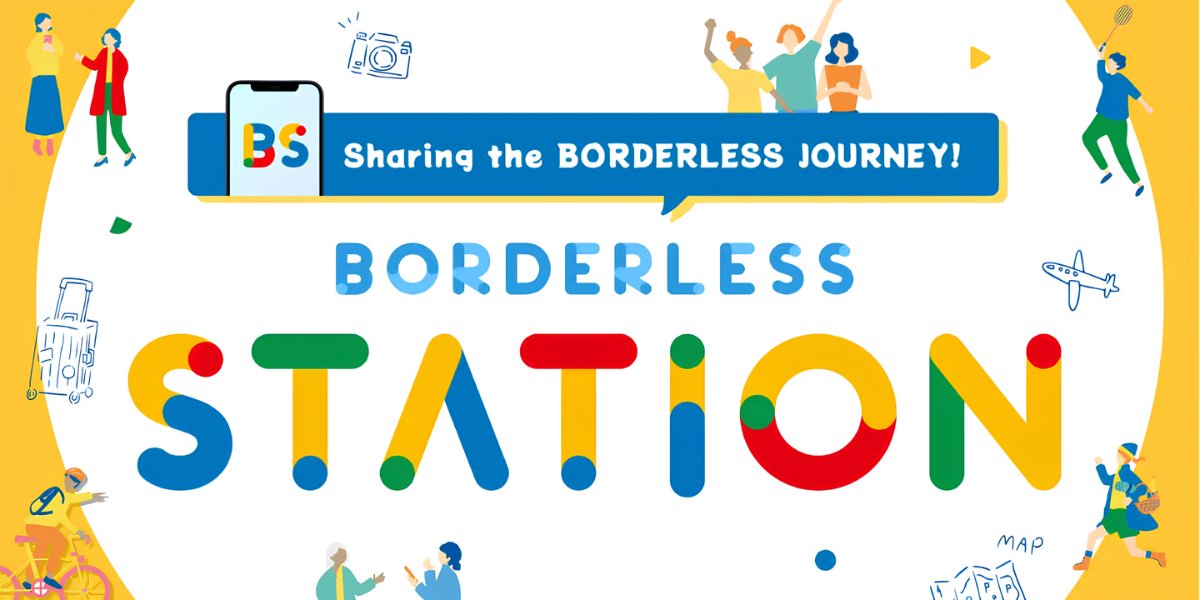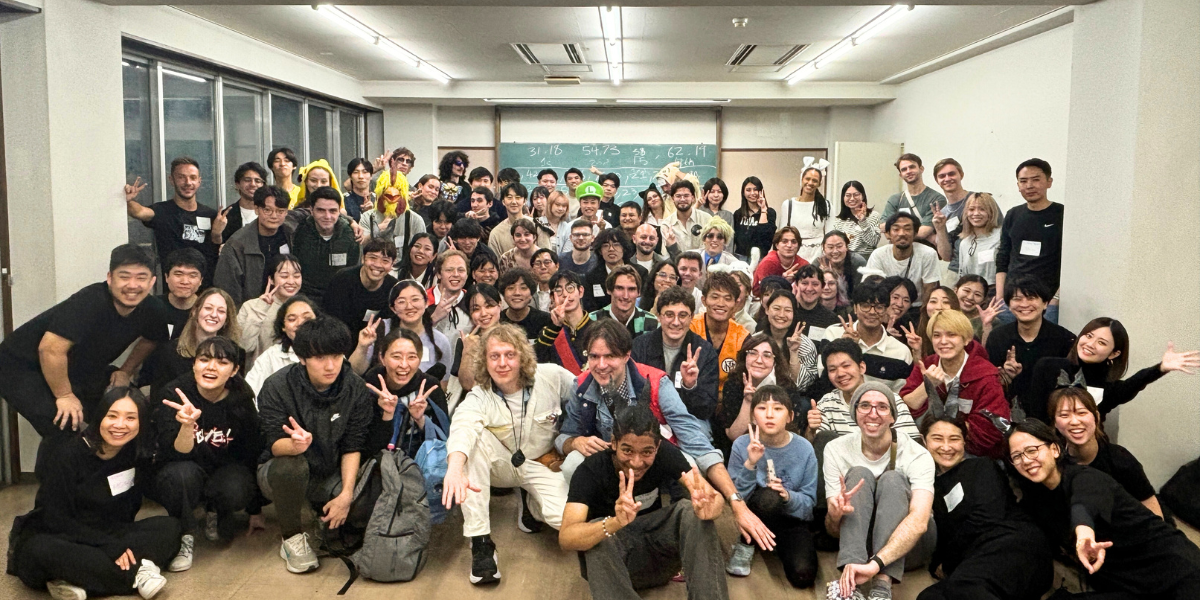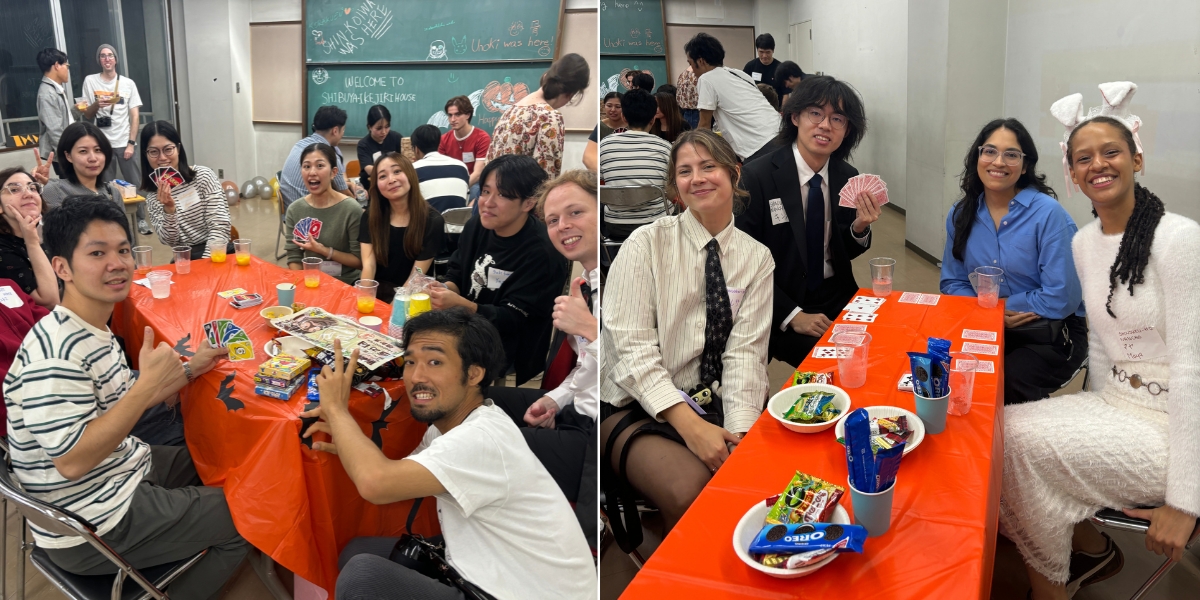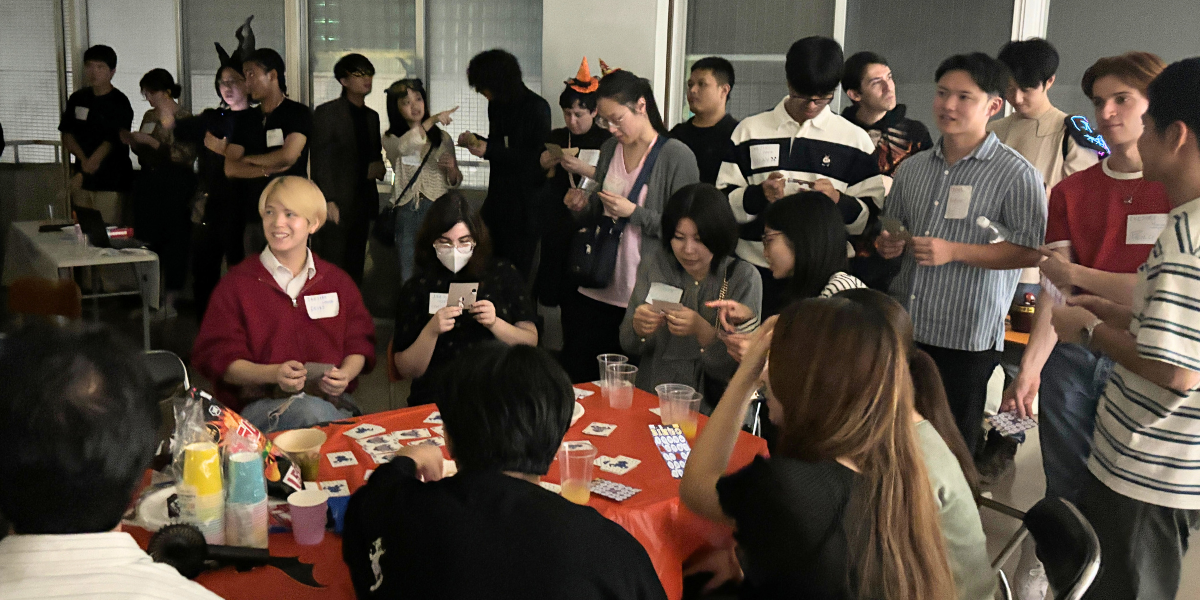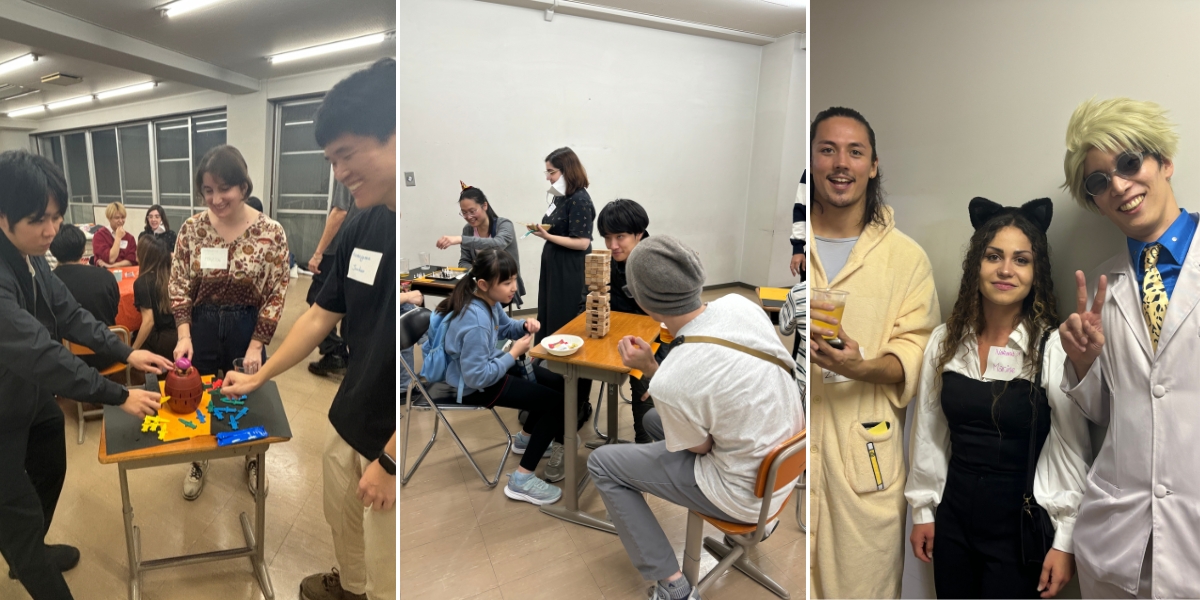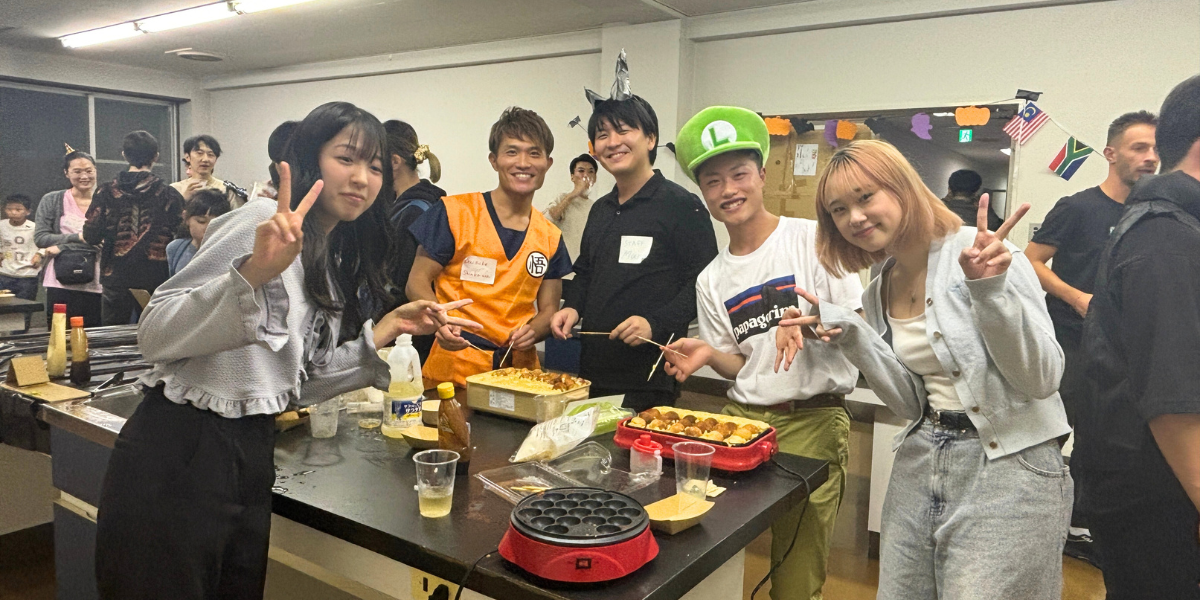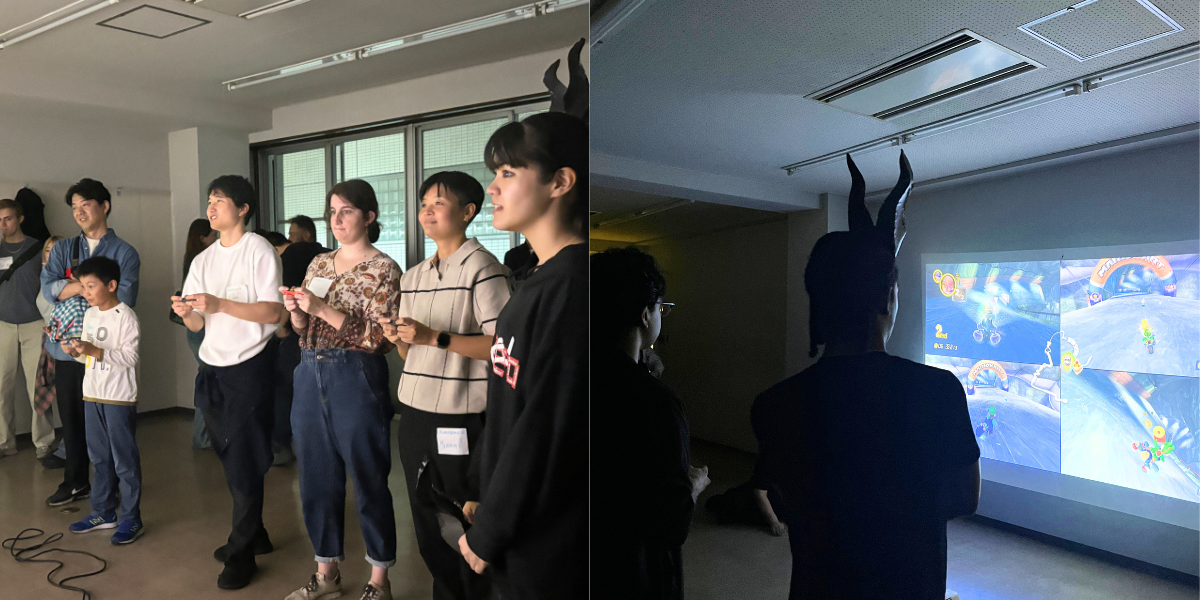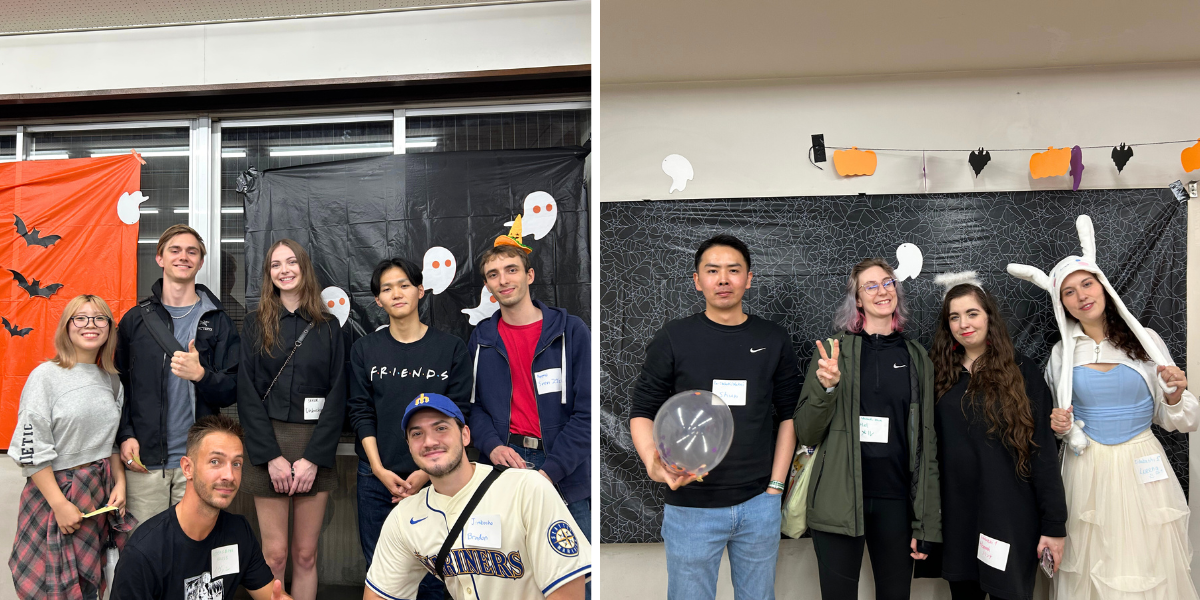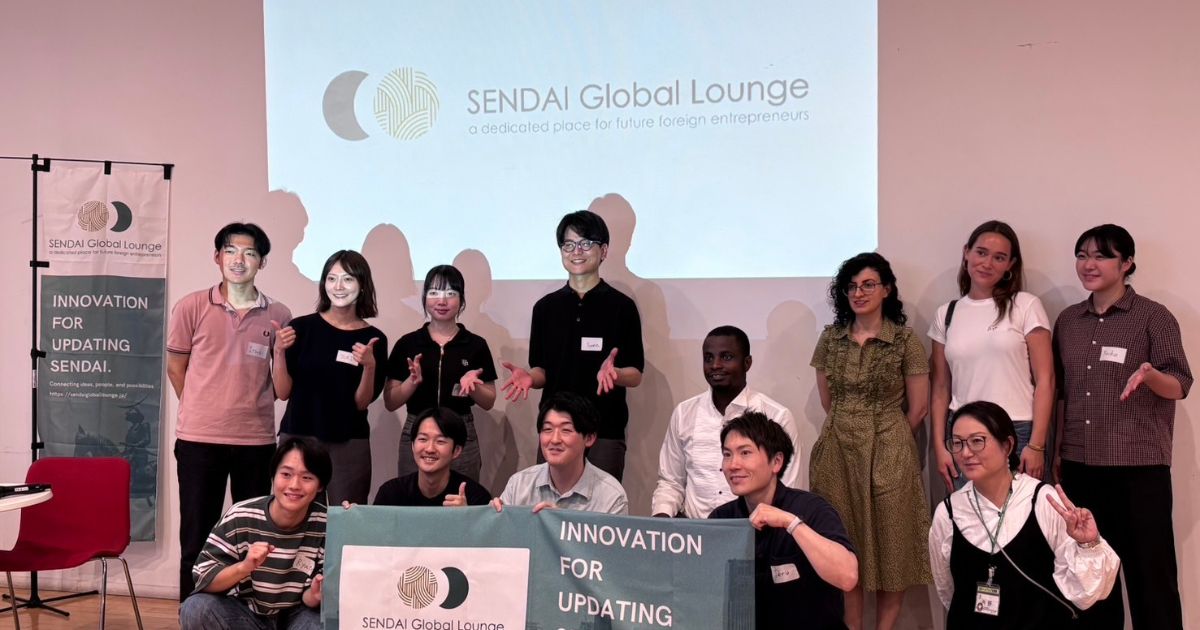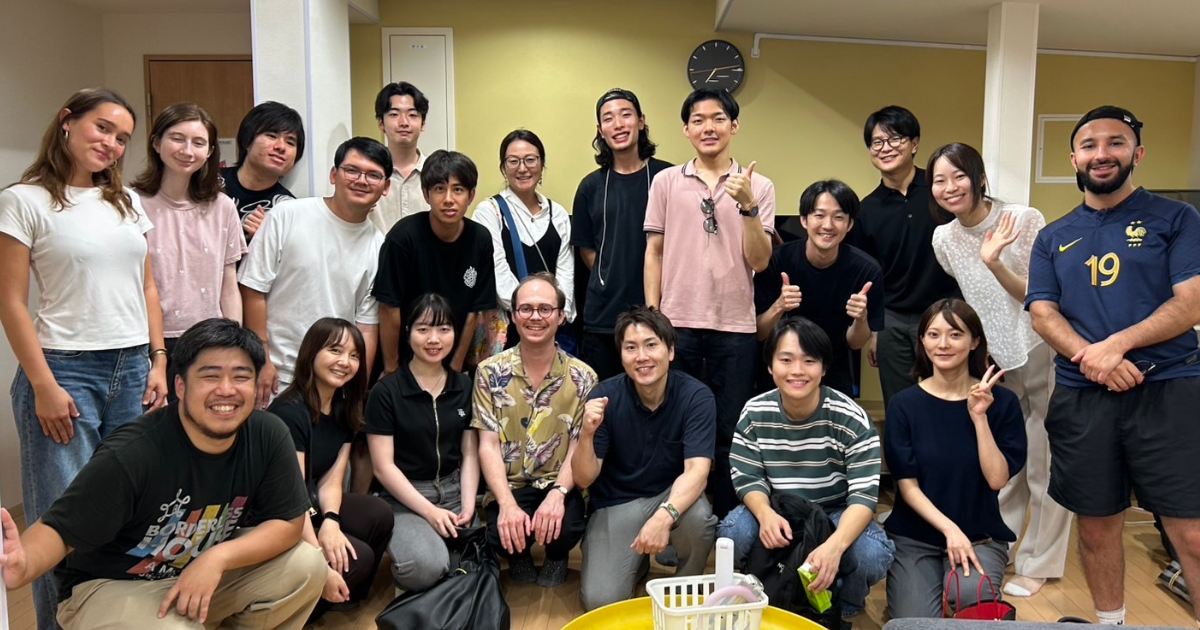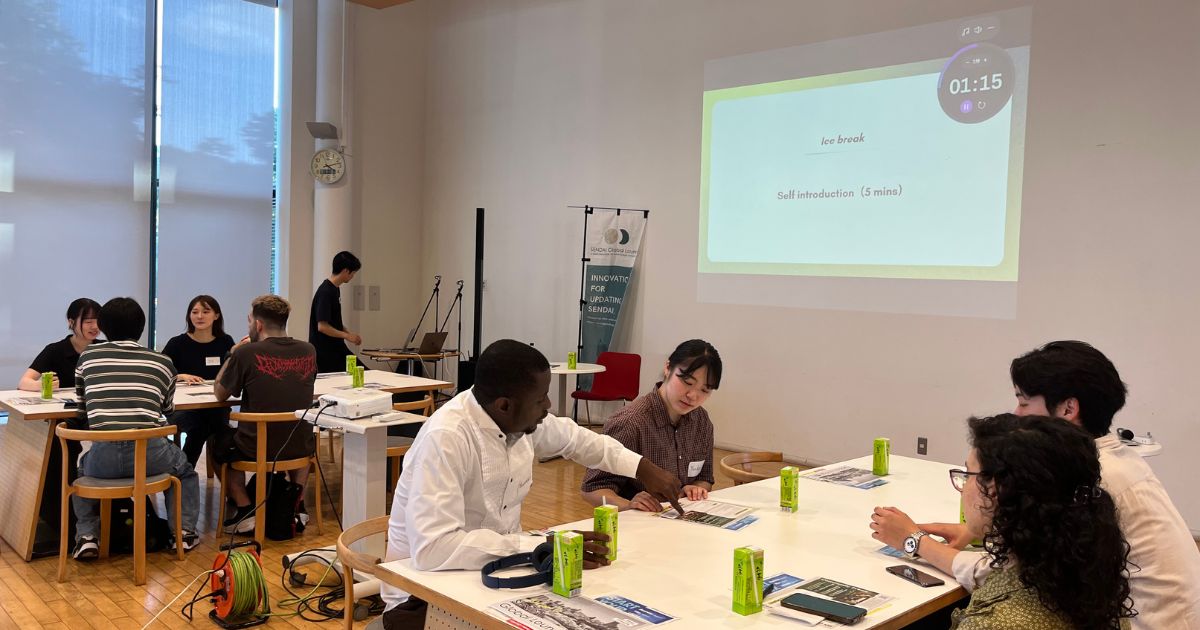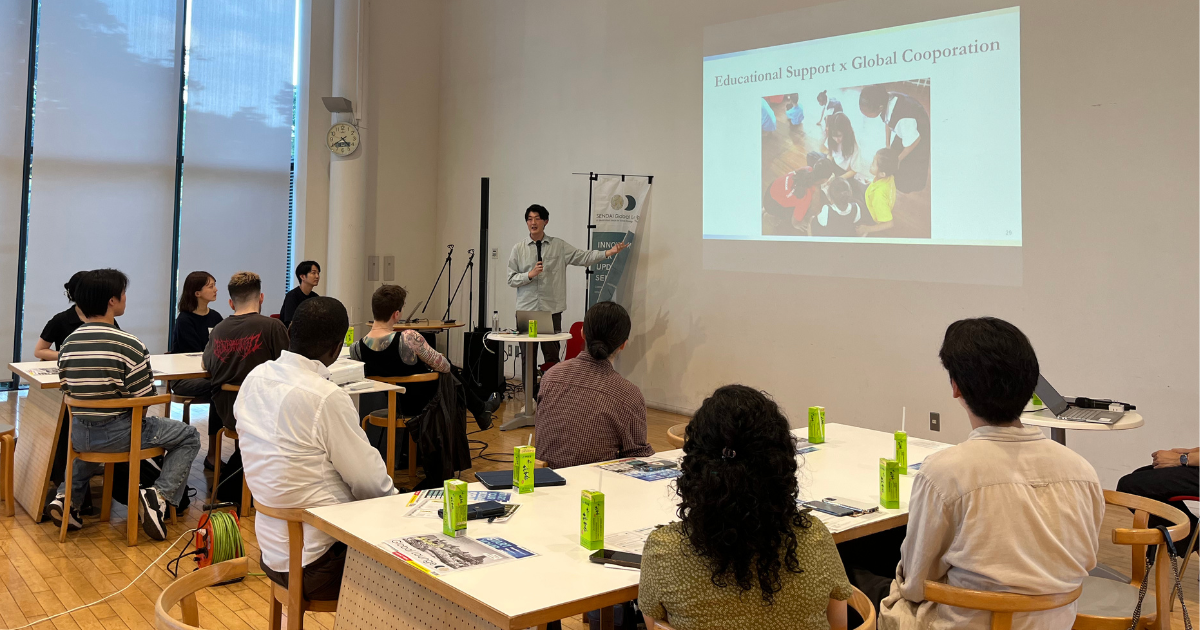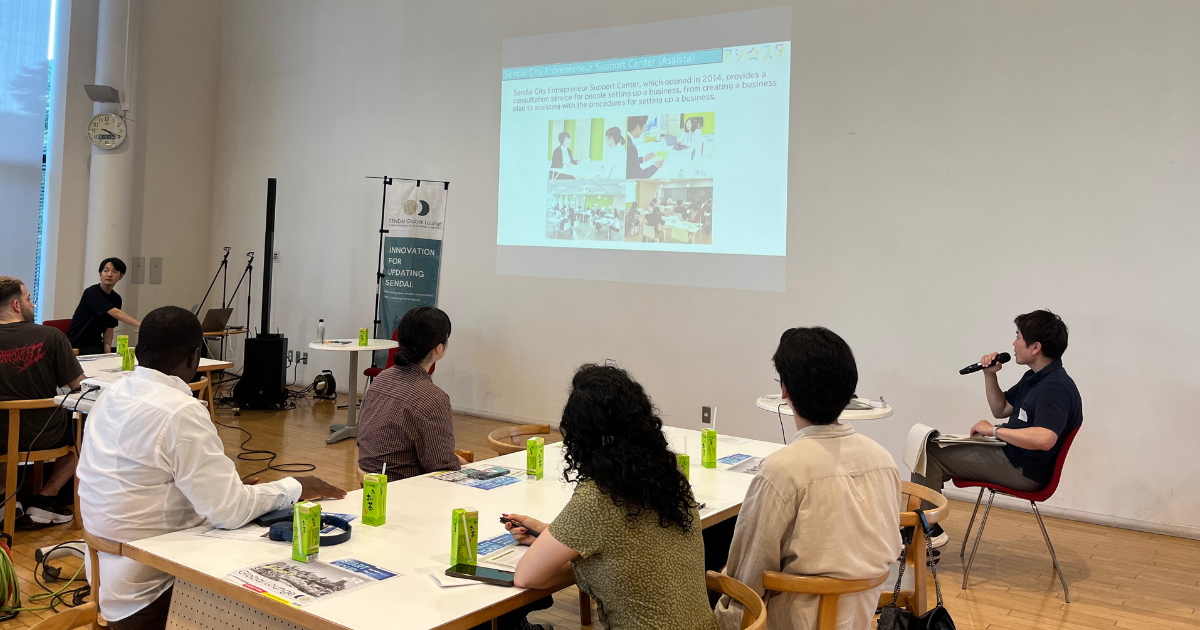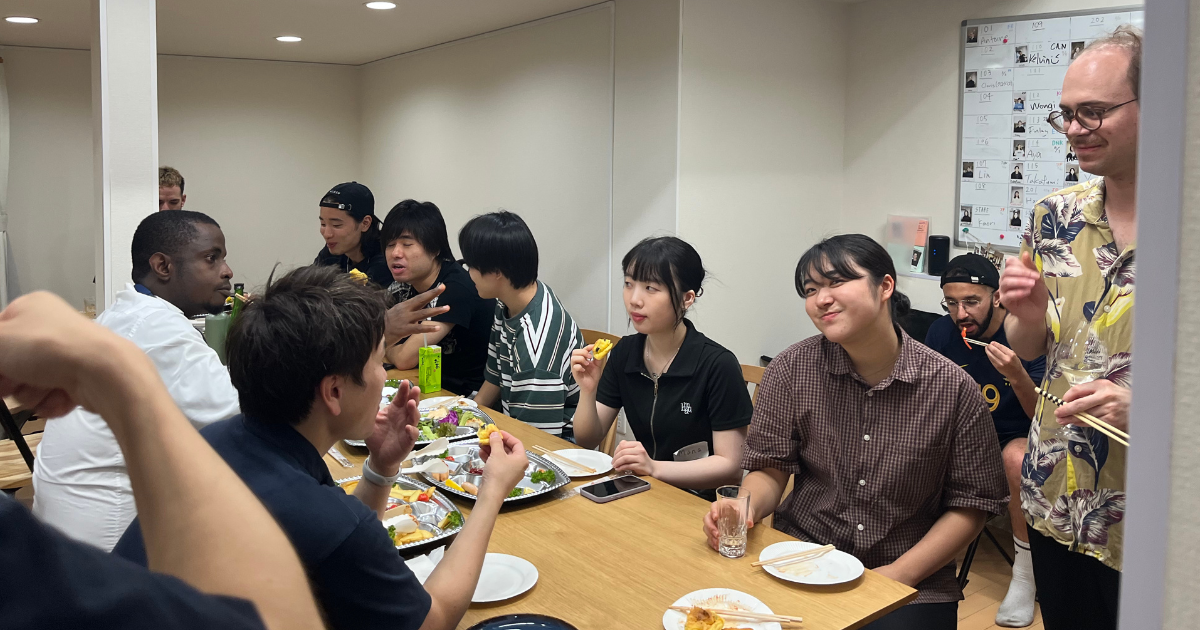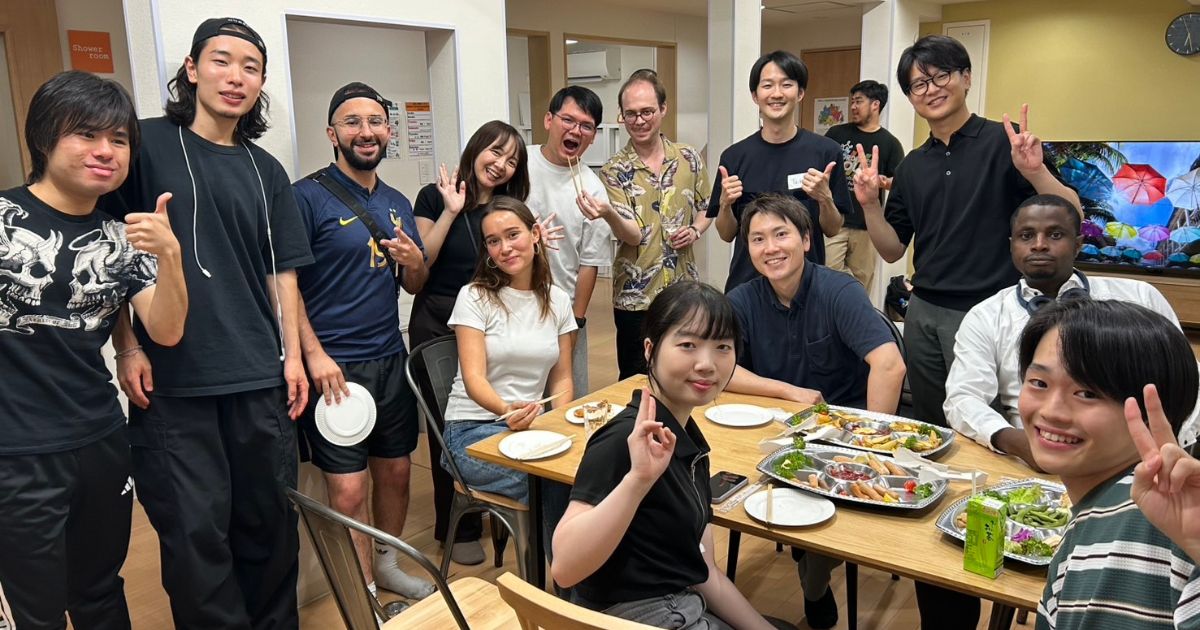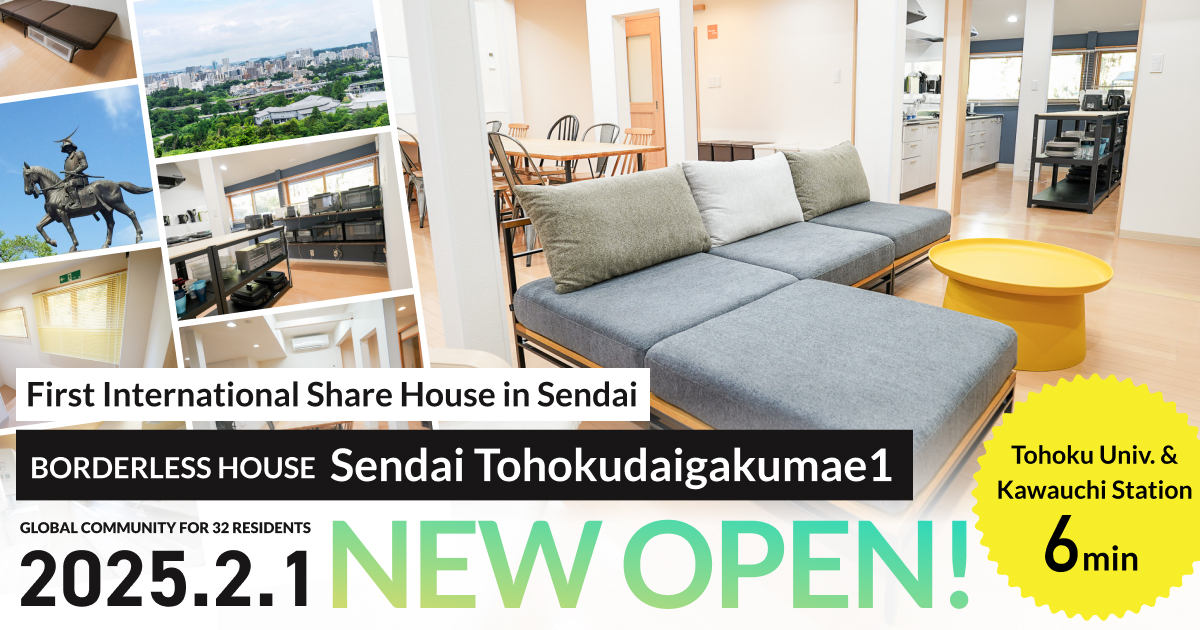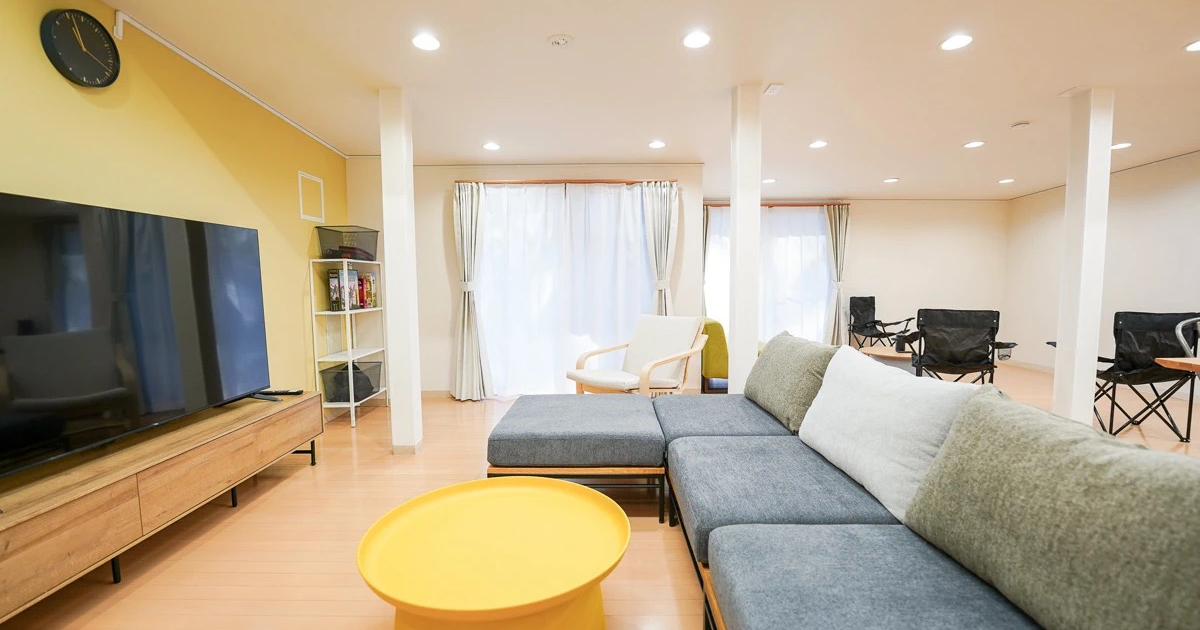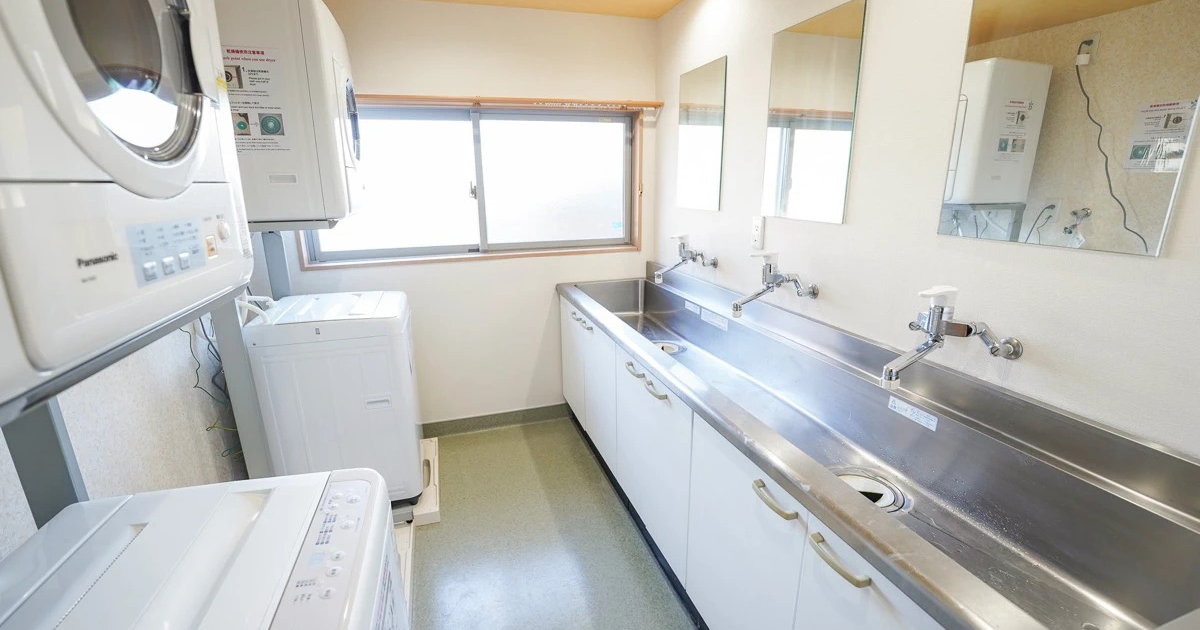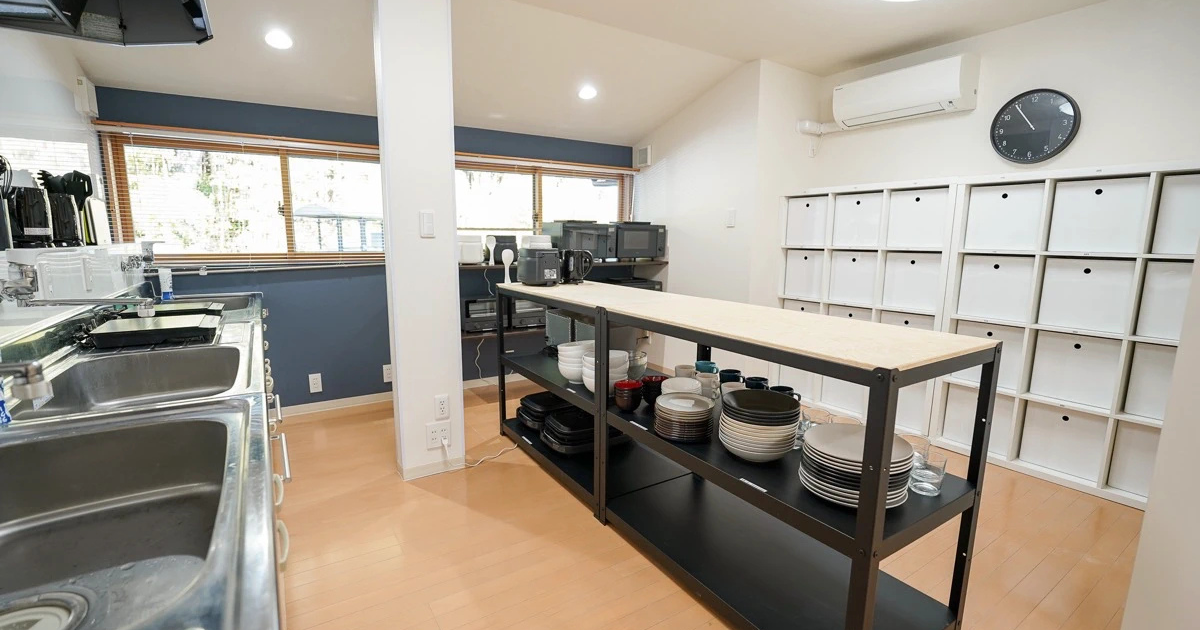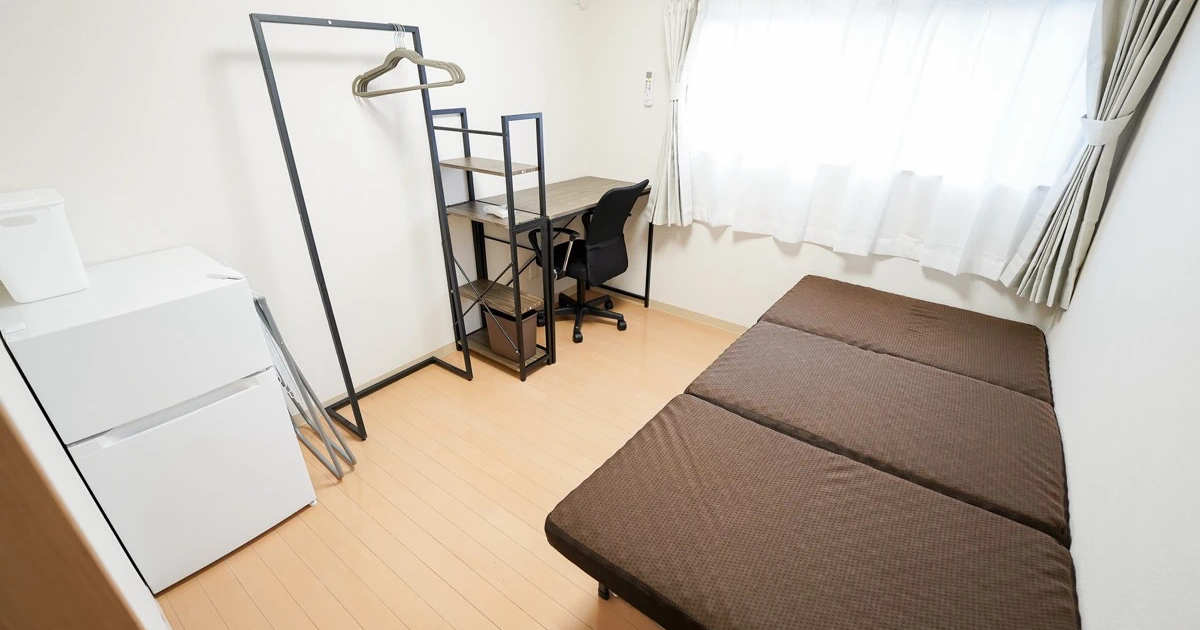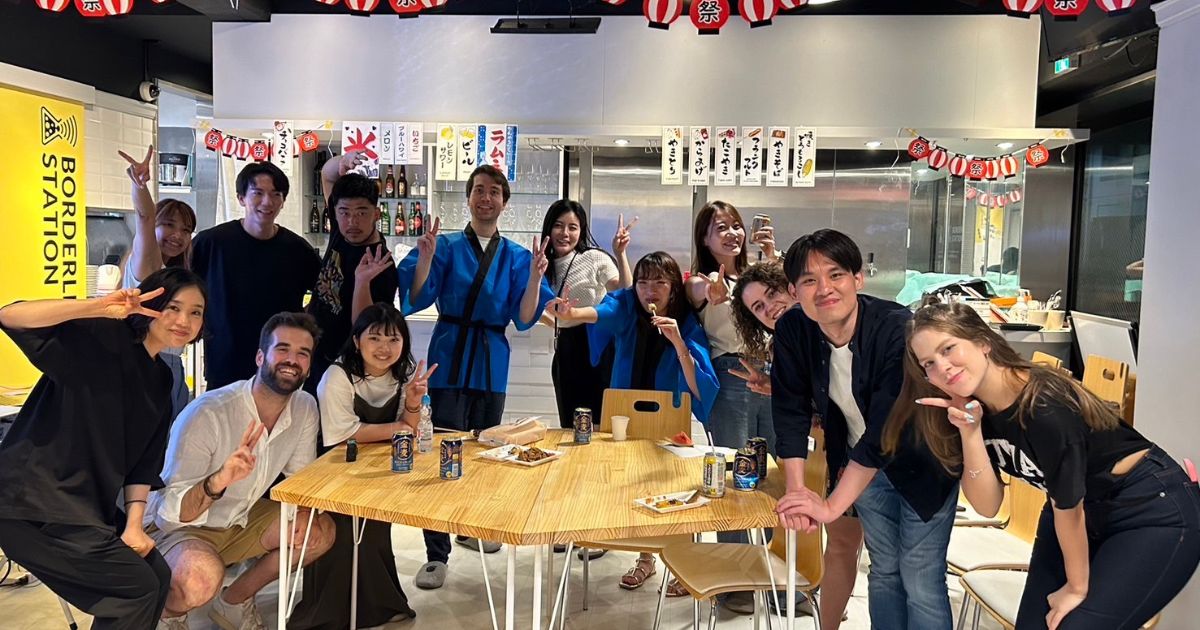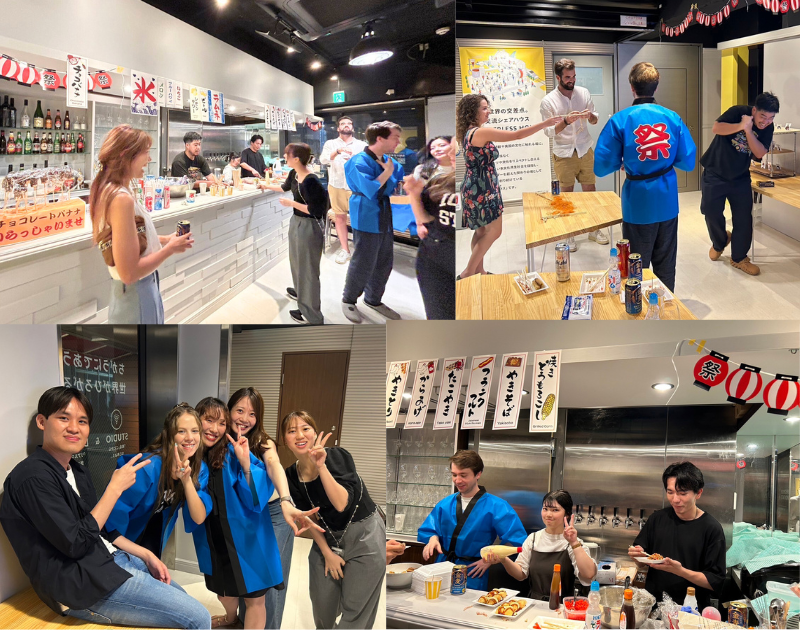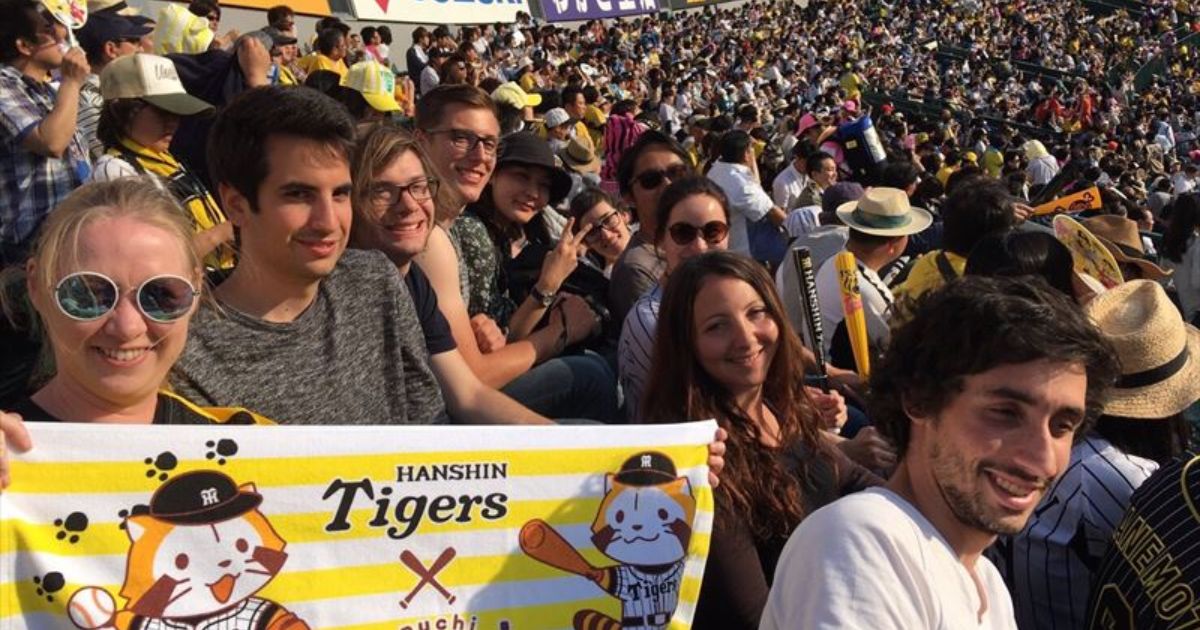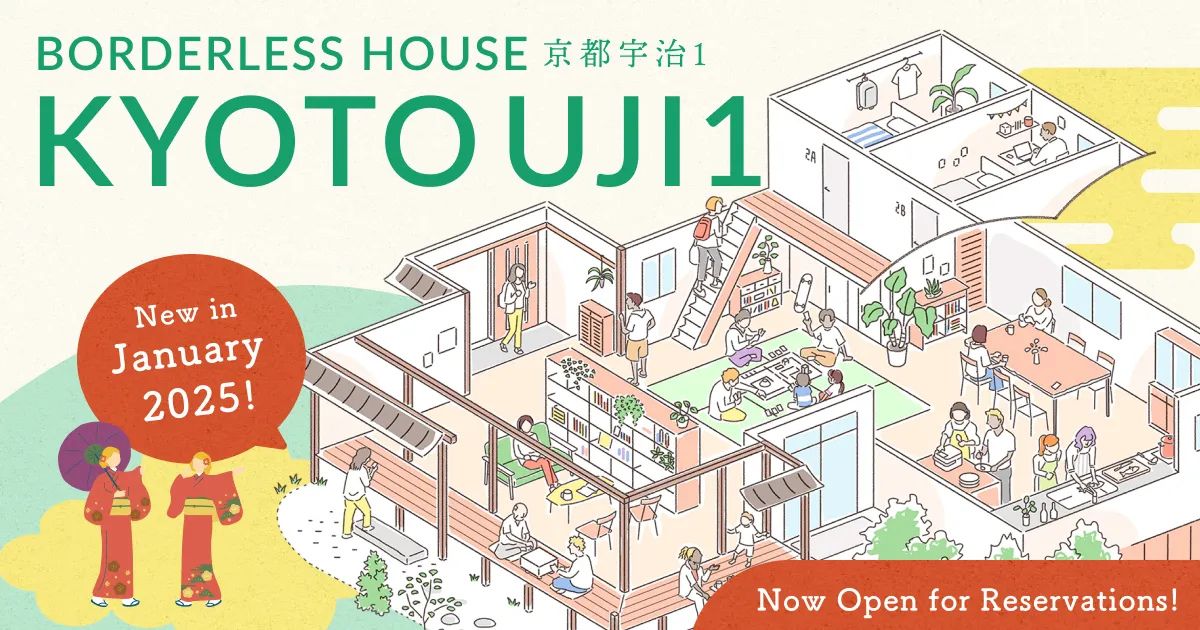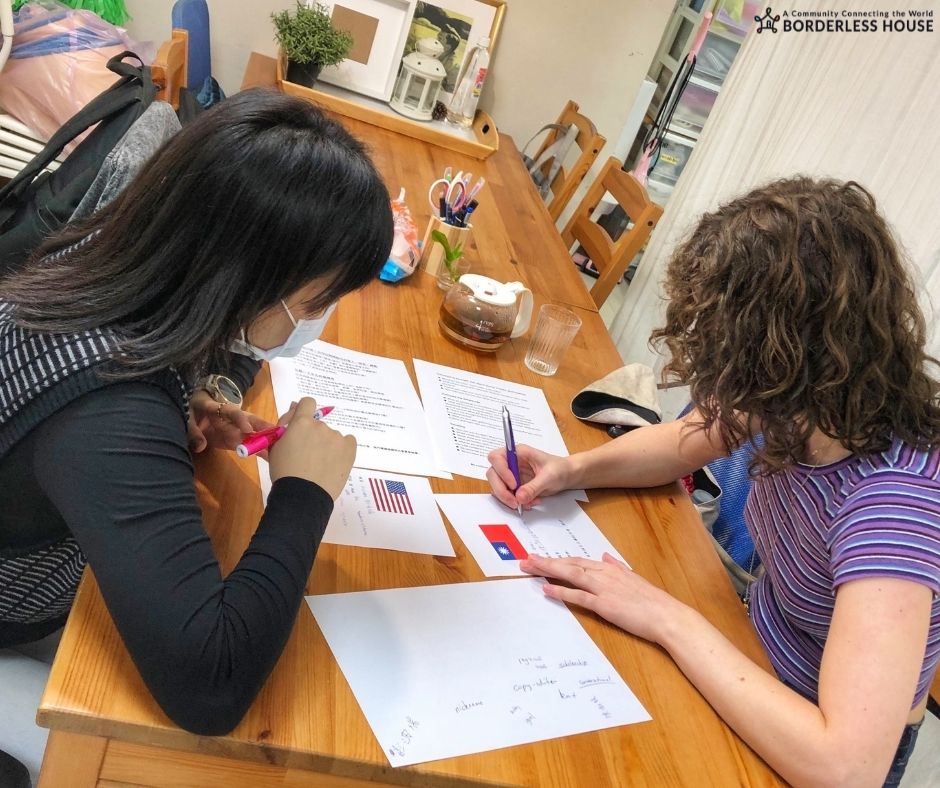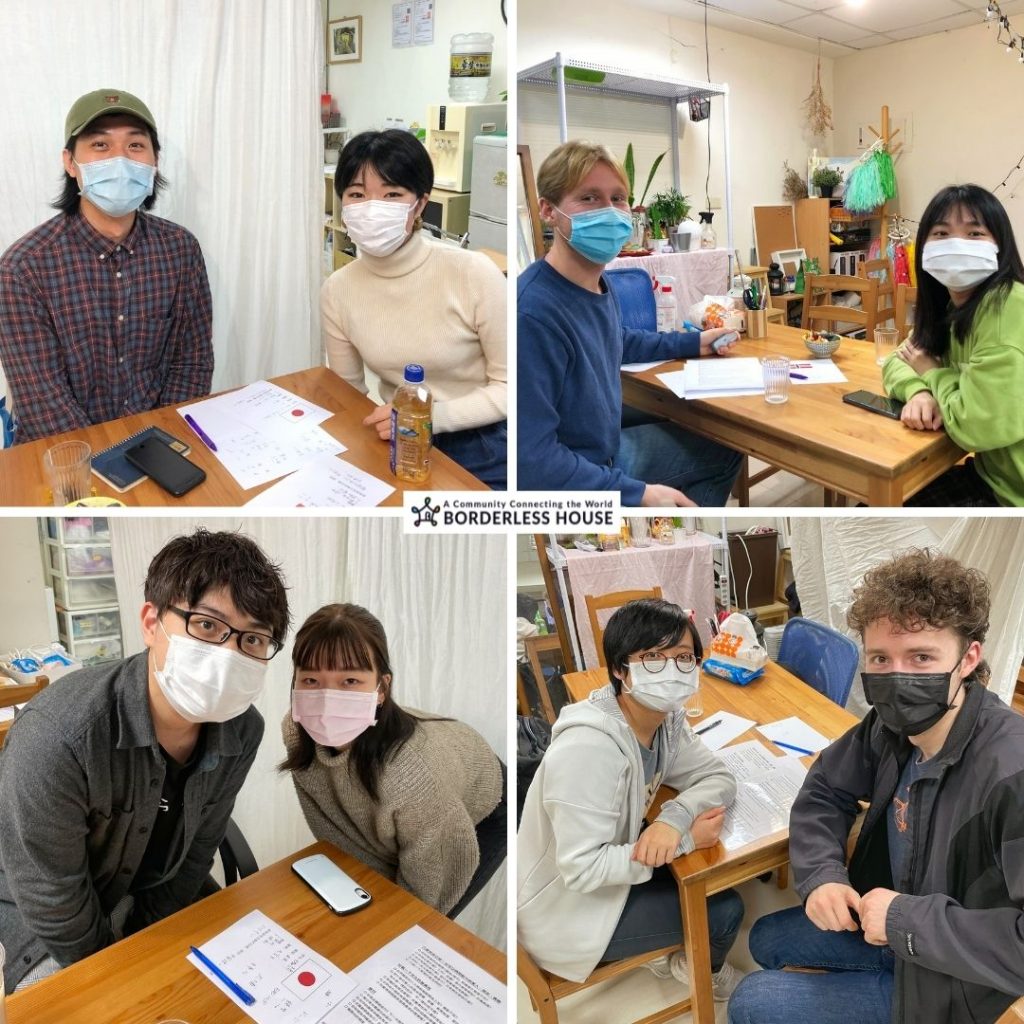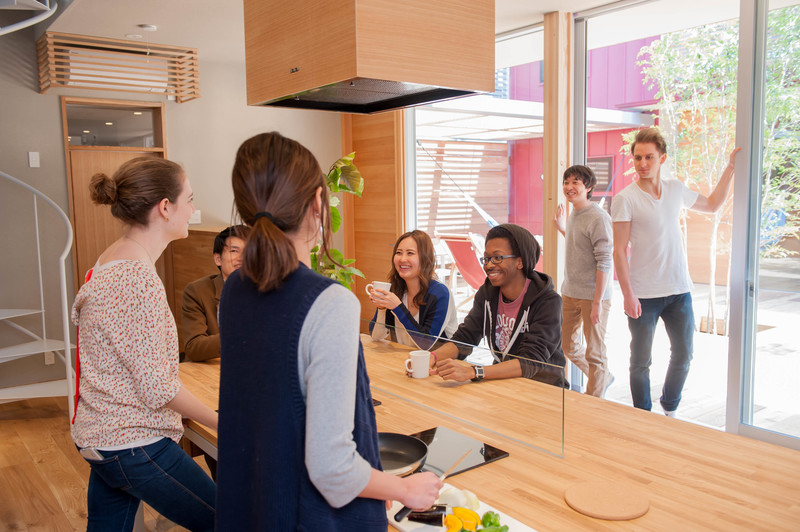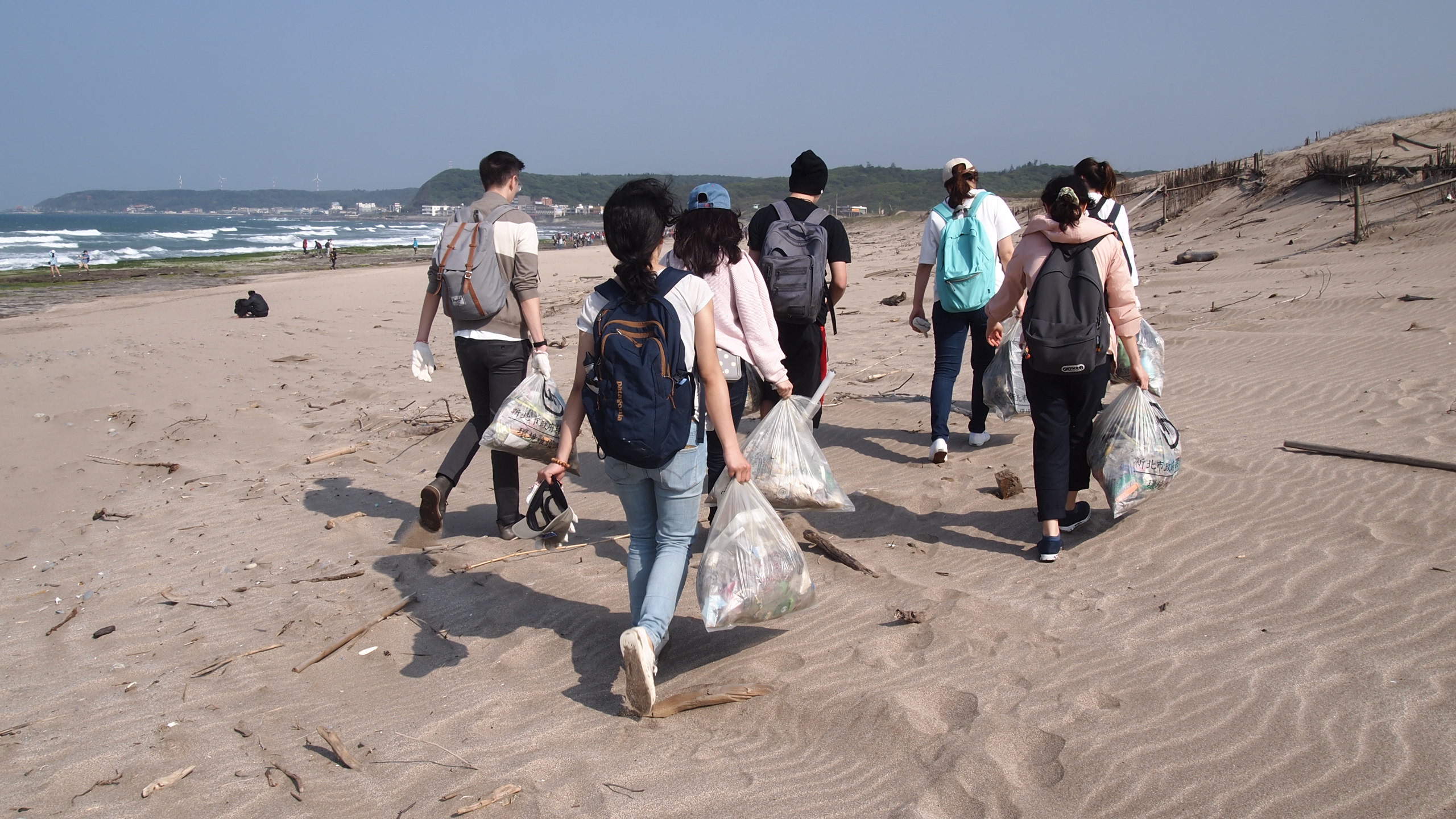Borderless House has always been more than a share house. It’s a place where people from around the world meet, live together, and build connections that feel like family. But staying connected beyond borders, houses, and move-out dates isn’t always easy — and that’s exactly the challenge we wanted to solve.
That’s why we created Borderless Station.
Designed as your “second living room,” Borderless Station helps Borderless Mates — past and present — stay connected anytime, anywhere. With more than 18,000 members across 120 countries, it keeps friendships alive and makes it easier to build new ones, no matter where life takes you next.
In this article, we’ll explore how this new community app supports both current residents and alumni in staying connected, growing together, and continuing their borderless journey.
A quick note: Borderless Station is launching first in Japan. Korea and Taiwan are planned to join the platform in 2026.
What Is Borderless Station? — A Space That Keeps Everyone Connected
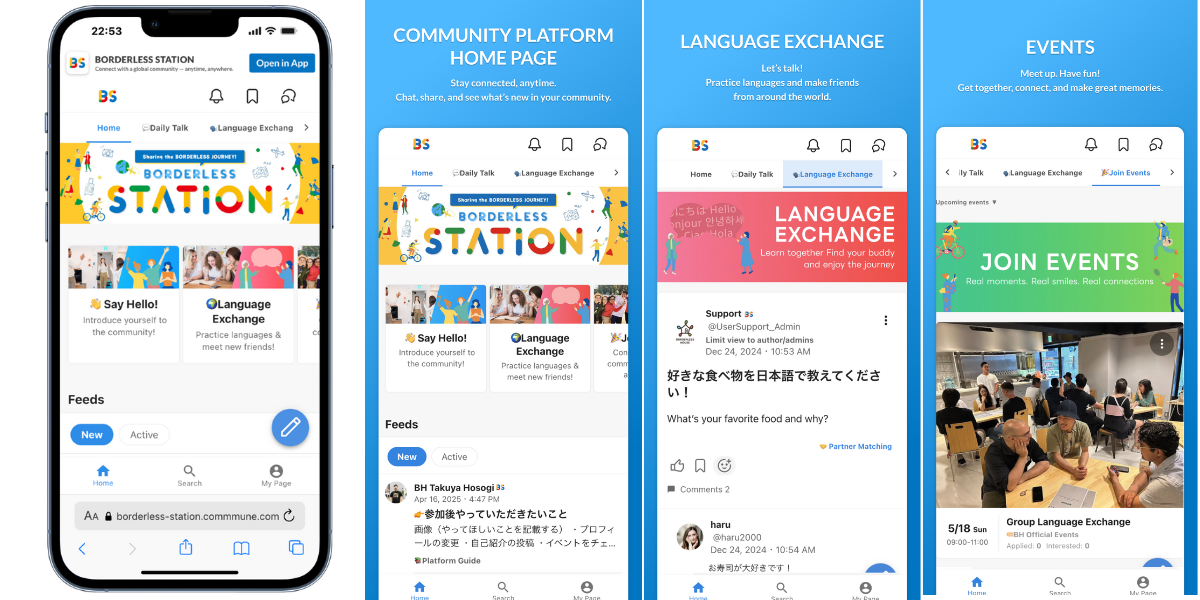
Borderless Station is the official community app for everyone who has ever been part of Borderless House — whether you’re currently living in a house or moved out years ago.
Its purpose is simple: to bring Borderless Mates together in one place, no matter where they are. Across Japan, Korea, Taiwan, and more than 120 countries, people continue their journeys, but the desire to stay connected always remains.
Borderless Station offers a comfortable, familiar space where conversations continue naturally. You can reconnect with past housemates, meet people from other cities, and feel part of a global community even after moving out.
With Borderless Station, the relationships and experiences you built don’t fade — they grow with you.
So, what exactly can you do in Borderless Station? Let’s dive into the features that make this community come alive.
Feature 1: DAILY TALK — Small Conversations, Big Connections

DAILY TALK is the heart of Borderless Station — a relaxed, everyday space where conversations begin naturally, just like in a real Borderless House living room.
Here’s how it works and what you can do:
■ Share moments from your day
﹂ A photo from your walk to school
﹂ Something funny your housemate said
■ Ask questions & get quick tips
﹂ “Where’s the best kimchi in Seoul?”
﹂ “Any fun cafés in Sendai?”
﹂ “How do you handle homesickness?”
■ Meet new Mates
﹂ Discover people with shared hobbies
﹂ Connect with someone who just moved to your city
﹂ Find friends who understand your experience abroad
■ Feel supported, even from afar
﹂ Casual responses, warm reactions, friendly chats
﹂ A space where you can speak freely and be yourself

DAILY TALK turns simple messages into meaningful connections. Even if you’re thousands of kilometers away, this is where the Borderless community continues to feel close.
Feature 2: LANGUAGE EXCHANGE — Learn Languages the Fun Way

LANGUAGE EXCHANGE makes learning languages feel natural and enjoyable. Instead of studying alone, you can match with Borderless Mates who want to practice together — just like finding a study partner in your share house, but on a global scale.
Here’s what you can do inside Language Exchange:
■ Teach your language and learn theirs
﹂ Match with Mates who want to learn your native language
﹂ Exchange Japanese ⇄ Chinese, Korean ⇄ English, or any language you both want to practice
﹂ Learn naturally through friendly, casual conversations
■ Practice real-life language together
﹂ Share everyday phrases, useful expressions, and natural wording
﹂ Help each other with pronunciation and grammar
﹂ Pick up learning tips and study advice shared by other Mates inside the app
﹂ Discover language you won’t find in textbooks
■ Connect through cultural exchange
﹂ Learn how locals really speak and communicate
﹂ Share customs, humor, and daily life stories
﹂ Gain new perspectives and build meaningful cross-cultural friendships

With LANGUAGE EXCHANGE, learning becomes a shared journey — one that helps you grow your skills, broaden your world, and build friendships that cross borders.
Feature 3: JOIN EVENTS — Meet People Through Real Moments

JOIN EVENTS lets you discover what’s happening in the community — instantly. You’ll receive real-time updates on upcoming activities and can join with just a tap, whether the event is hosted by Borderless House or created by residents themselves.
Here’s what you can do:
■ Join both official & resident-organized events
﹂ Borderless House cultural nights and community gatherings
﹂ Resident-led meetups, study groups, or casual hangouts
﹂ Small house events and large seasonal activities
■ Meet people through shared experiences
﹂ Casual coffee meetups or bar hopping nights
﹂ City walking tours, jogging sessions, or local food trips
﹂ Hobby sessions or House-to-house meetups
■ Explore events happening across different cities
﹂ Discover activities in Japan, Korea, Taiwan, and beyond
﹂ See what’s happening in other Borderless House communities
﹂ And if you’re traveling in that city, you can jump in and join, too

JOIN EVENTS makes it easy to meet people who share your curiosity and values. Whether it’s your first time joining or your tenth, each event is a chance to connect, grow, and build friendships that last.
Feature 4: COMMUNITY QUEST — Build, Contribute, Grow

COMMUNITY QUEST is a new feature currently in development, designed to help Borderless Mates take part in meaningful activities together. It’s all about teamwork, contribution, and stepping into small challenges that create real impact.
Here’s what you’ll be able to do:
﹂ Join or create community-driven activities
﹂ Host or support events
﹂ Grow through shared challenges
COMMUNITY QUEST is being built to encourage collaboration and personal growth — giving residents and alumni more ways to connect, contribute, and grow together.
Stay Connected With the World — Starting From Borderless Station
Borderless Station is currently open to all Borderless House residents and alumni only. If you’re curious about our global online community, feel free to reach out to us anytime!
And if you’re considering moving into Borderless House, even just a little, then we’d love for you to send us a message. It’s a simple way to find out whether our community feels like the right fit for you!
Living in a share house is more than sharing a space —
it’s a warm and inspiring daily life where your worldview expands, you encounter new languages, and you naturally build connections with people from around the world.
If Borderless House can become the first step in your next chapter, we’d be truly delighted.

